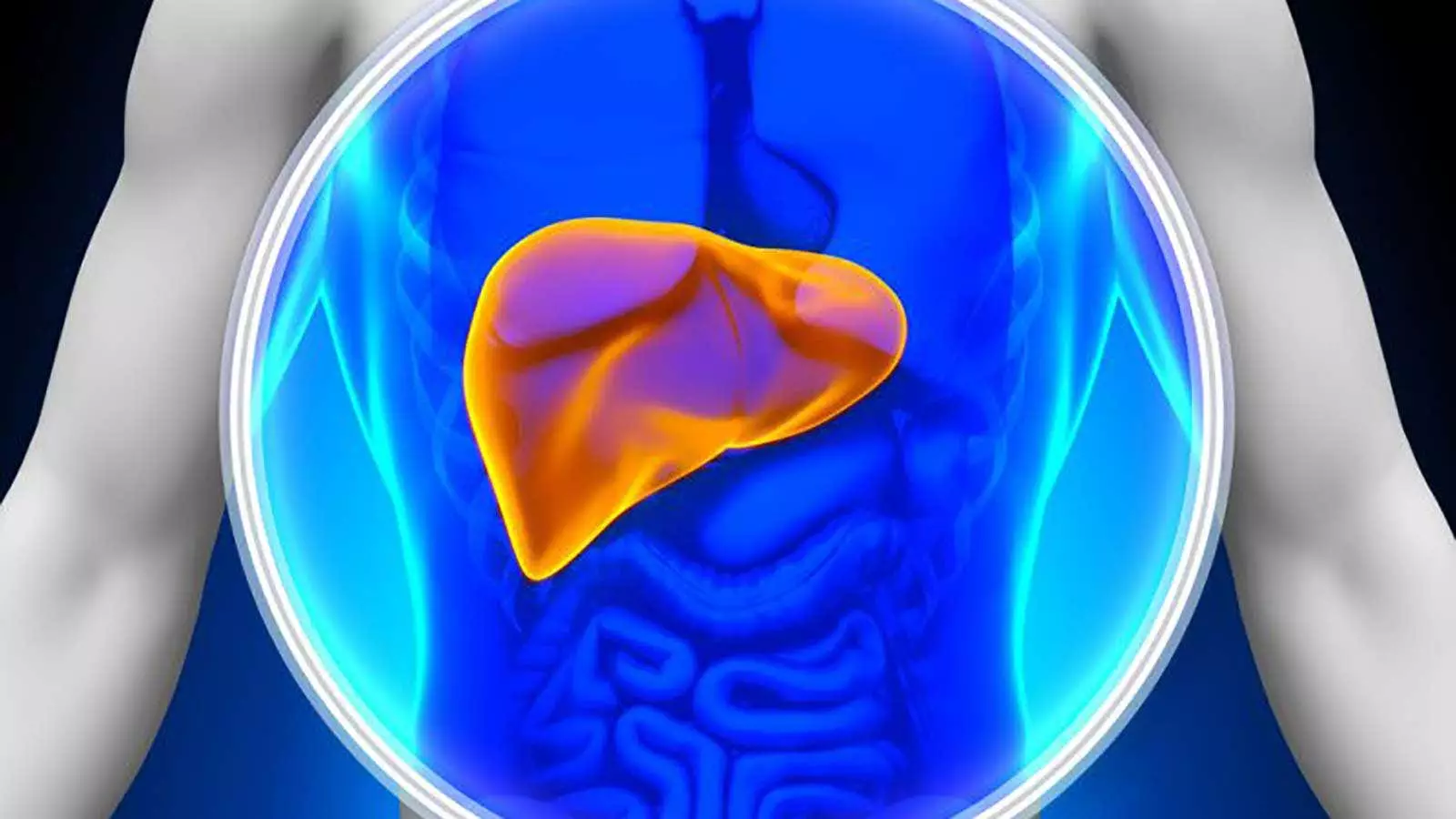Primary biliary cholangitis (PBC) poses a significant challenge to hepatologists and patients alike. The landmark approval of ursodeoxycholic acid (UDCA) in 1997 was heralded as a breakthrough moment in the treatment of PBC, notably reducing the necessity for liver transplants and the risk of mortality. Nevertheless, the journey toward more comprehensive management strategies for PBC is far from linear, and various barriers remain to be addressed.
Despite its efficacy, UDCA falls short for a notable portion of the patient population. Research underscores that as many as 40% of patients may not respond adequately to UDCA therapy, as reported by David N. Assis, MD, from Yale Liver Clinics. While those patients are certainly better off than if they had never received UDCA, their conditions still tend to progress. This stagnation highlights an urgent need for alternative or supplementary therapies capable of offering improved outcomes for non-responsive patients. Moreover, adverse reactions, albeit infrequent, cannot be overlooked. About 5% of patients experience intolerable side effects, including gastrointestinal disturbances. These factors illuminate the necessity for a diversified therapeutic landscape to better cater to the varying needs of PBC patients.
In light of the challenges associated with UDCA, the exploration of alternatives has begun to bear fruit. Notably, the off-label use of fibrates, specifically bezafibrate and fenofibrate, has surfaced as a potential adjunctive treatment for patients who are inadequately responsive to UDCA. The prospect of nearly one-third of these patients responding positively to bezafibrate is encouraging but still leaves a significant portion of the population without adequate treatment. As healthcare providers grapple with the realities of treatment inefficacies, ongoing research into the role of fibrates is essential.
The approval of obeticholic acid (Ocaliva) in 2016 marked another step forward, providing a second-line treatment for adults with PBC who either did not respond adequately to UDCA or could not tolerate it. However, the complexities introduced by obeticholic acid cannot be dismissed. The medication has been linked to dose-dependent pruritus and poses risks for patients with advanced liver conditions, raising alarm bells among healthcare providers. A boxed warning appeared as a cautionary measure, reflecting the complexities of drug safety in realistic patient populations. With ongoing concerns about safety and efficacy, a slowly emerging pattern reveals that patients may experience substantial benefits only when combining therapies such as UDCA, bezafibrate, and obeticholic acid together.
In parallel, the arrival of newer PPAR agonists such as elafibranor and seladelpar signals potential advancements in the treatment of PBC. Preliminary studies reveal that seladelpar, in particular, has generated promising results, showing clinically significant reductions in pruritus. Nevertheless, real-world effectiveness remains to be observed. Caution remains prudent, as previous medications—including obeticholic acid—demonstrated serious adverse effects only during more extensive patient exposure. As the medical community awaits further findings regarding the safety profiles of the new PPAR agonists, the importance of real-world data cannot be overstated.
Current studies are delving into the efficacy of these newly approved therapies and their potential integration into treatment regimens. Highlighting the evolving landscape is a recent presentation at the American College of Gastroenterology annual meeting, which indicated that elafibranor yielded improved biochemical responses, albeit with caution regarding potential serious adverse events like hepatic failure. Meanwhile, seladelpar has demonstrated encouraging results among cirrhotic patients, achieving marked improvements in markers of liver function without serious side effects.
While the trajectory of PBC treatment is skewed towards optimism, it is essential to maintain analytical rigor. Future studies must continue to probe the safety, efficacy, and long-term outcomes of these therapies as they become integrated into practice. The nuances of PBC coupled with the variability of individual patient responses characterize a complex clinical landscape, underscoring the necessity for continued vigilance in monitoring therapeutic advancements.
While significant progress has been made in the treatment arsenal against PBC, the ongoing need for innovative therapies, comprehensive studies, and critical evaluation persists. As the medical community advances toward a more personalized medicine approach, the collective experiences of patients, combined with proactive research, will ultimately drive the future of PBC management.

Leave a Reply